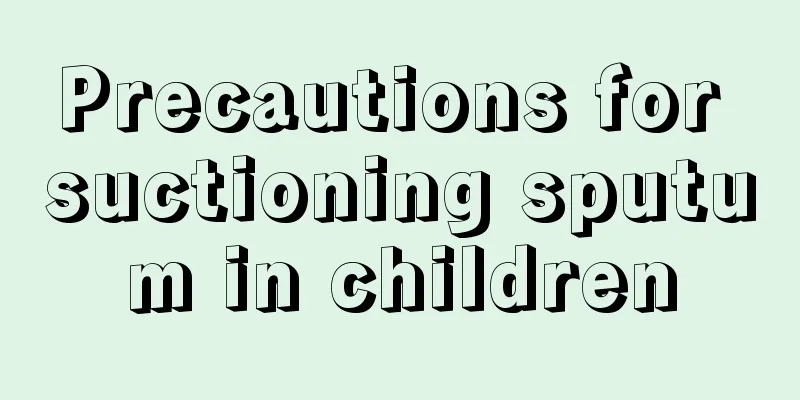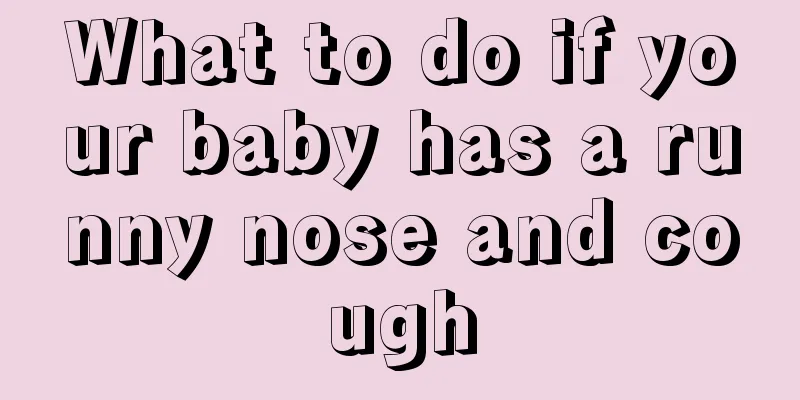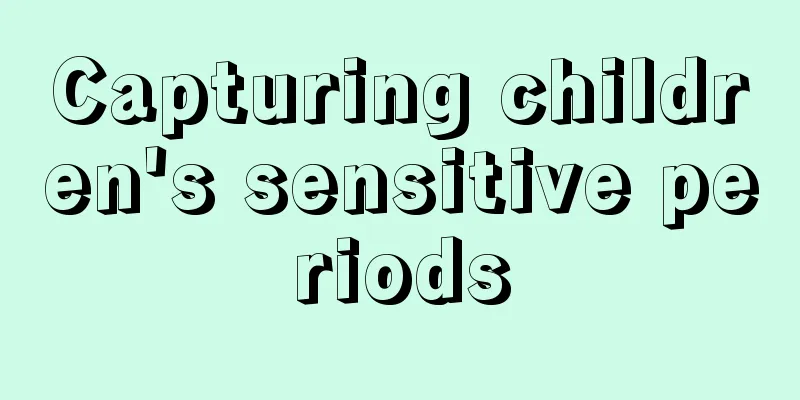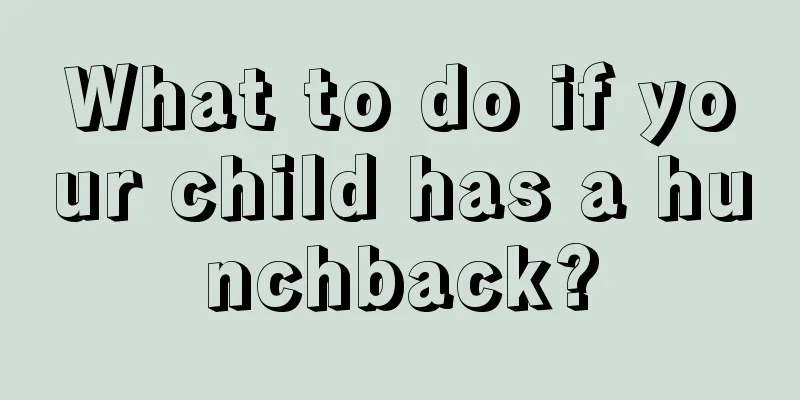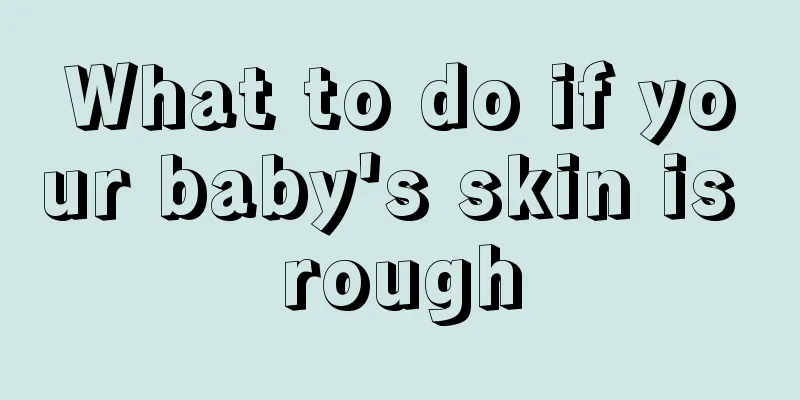What are the reasons why three-month-old babies cry when feeding?
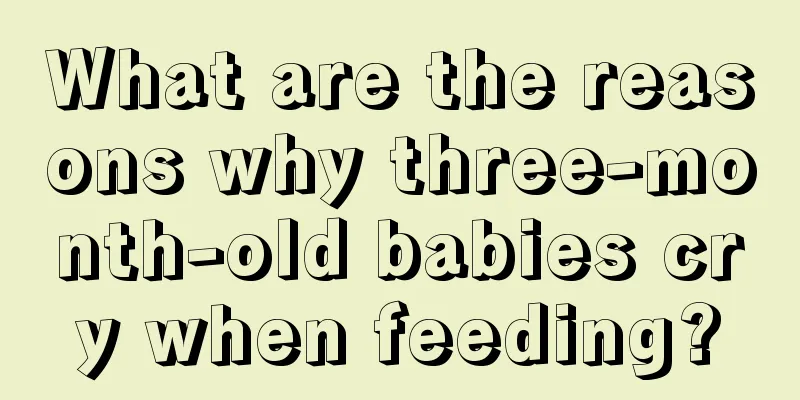
|
Women who have been mothers know that after the baby is three months old, most of them will stop breastfeeding blindly and start crying after eating. Not only do they not like to breastfeed, but they cry even louder when they see the nipple. You have to coax the baby to sleep and wait until he is half-hearted and feels hungry before you can feed him. If you force the baby to eat, he will keep crying. At this time, inexperienced mothers always think that the baby is sick and don’t know what to do. So what are the reasons why three-month-old babies cry when feeding? Read the article below and you will know why your baby cries when feeding. Physiological milk aversion Normal newborns are usually very focused on feeding in the first two months after birth. He cries when he is hungry and sleeps when he is full, and his weight increases rapidly. Parents feel a great sense of accomplishment when they see their beloved baby grow an inch bigger as he sleeps, like a balloon! Who would have thought that after 3 months, most babies would no longer feed in one go, but would stop feeding and sometimes make gurgling sounds. There are also some curious babies who stop sucking milk as long as there is a sound or people walking around. Obviously, other things are much more interesting to them than sucking milk. Therefore, this temporary aversion to milk in babies of four or five months old is medically called the "physiological anorexia period." Its characteristics are that the child develops normally and is very energetic, but the amount of milk is temporarily reduced. Usually, the child's appetite will recover naturally in about a month. Pathological milk aversion We often say that the seven necessities a housewife needs when she opens the door are "firewood, rice, oil, salt, sauce, vinegar and tea". The life style of babies is "eating, drinking, defecating, urinating, sleeping, moving and playing". If a child has health problems, these 7 things will be affected, manifested as eating less, sleeping poorly, and having low energy. Milk aversion is a sign that often accompanies acute and chronic diseases. If your child's milk intake decreases sharply or he vomits, and is also accompanied by symptoms such as poor complexion, decreased energy, and irritability, then he is in the "pathological milk aversion period" and you need to take him to see a doctor for timely treatment. After reading the expert’s detailed introduction to the reasons why three-month-old babies cry when feeding, are you still at a loss as to what to do when your baby cries when feeding? If you want to know whether your baby has physiological or pathological milk aversion, you can make a judgment by observing the child's characteristics. If you have any questions, please feel free to contact our online experts, who will provide symptomatic treatment for your baby's condition. |
<<: What are the recipes for three-year-old babies?
>>: How much milk should a three and a half month old baby eat?
Recommend
Rhinitis sleep apnea
Once rhinitis attacks, patients will experience n...
What is the cause of ocular myasthenia gravis in children?
The most common symptoms of myasthenia in childre...
What are the developmental indicators of a 1-year-old and 8-month-old baby?
I don’t know if you are aware of the developmenta...
Can children eat donkey-hide gelatin cake?
Donkey-hide gelatin cake is very nourishing to th...
How many pounds does a baby gain per month?
Nowadays, people pay attention to scientific pare...
What is the reason for the heavy breathing sound in children?
When a baby is just born, his respiratory tract a...
What fruits should not be eaten by children when they have a fever?
Children have very low resistance, and if they ar...
What to do if a boy has precocious puberty
Precocious puberty is very common, and there are ...
What are the diets for children with autumn diarrhea?
Many people who have been parents may know that d...
The 7 most beneficial early education methods for children's growth
The 7 most beneficial early education methods for...
What are the dangers of spanking a child on the back?
Quality-oriented education is now advocated, whic...
What causes children's urine to smell bad?
Some parents may find that their children's u...
What shampoo is good for kids?
Children's hair care has always been a concer...
Balanced method of routine blood test for newborns
Neonatal blood routine is an important indicator ...
What should I do if my child has tonsil polyp inflammation?
Tonsillitis is a disease that everyone knows. Cli...

